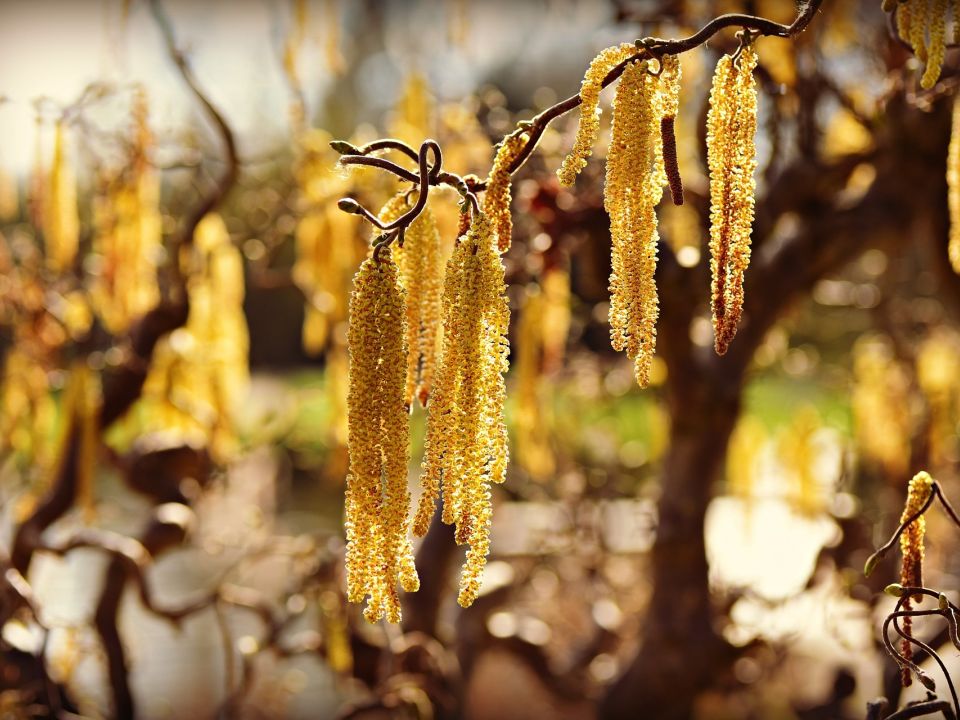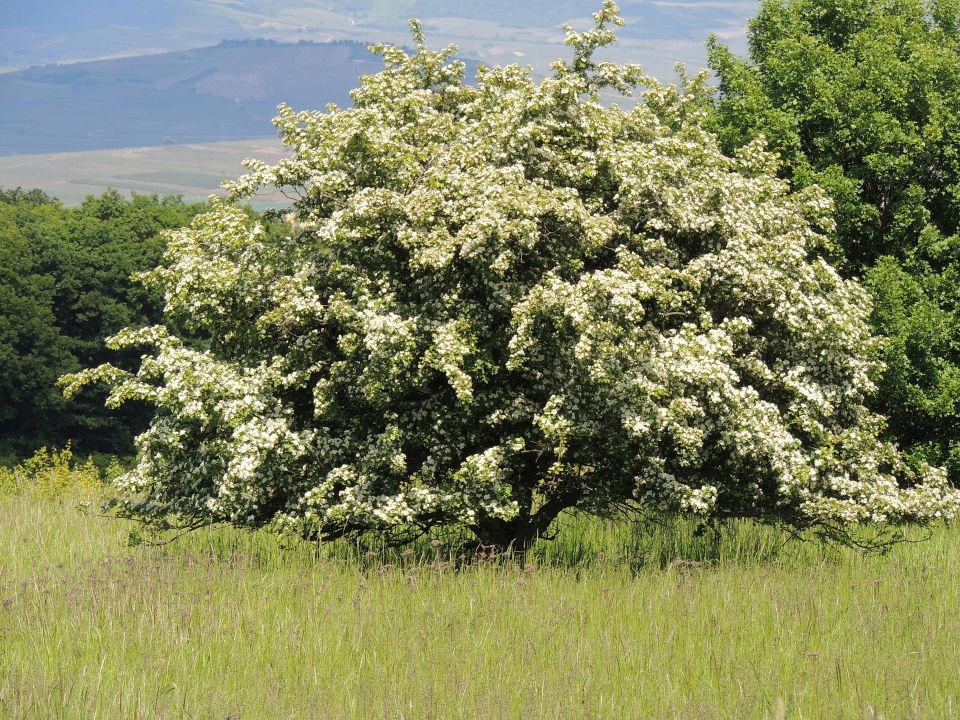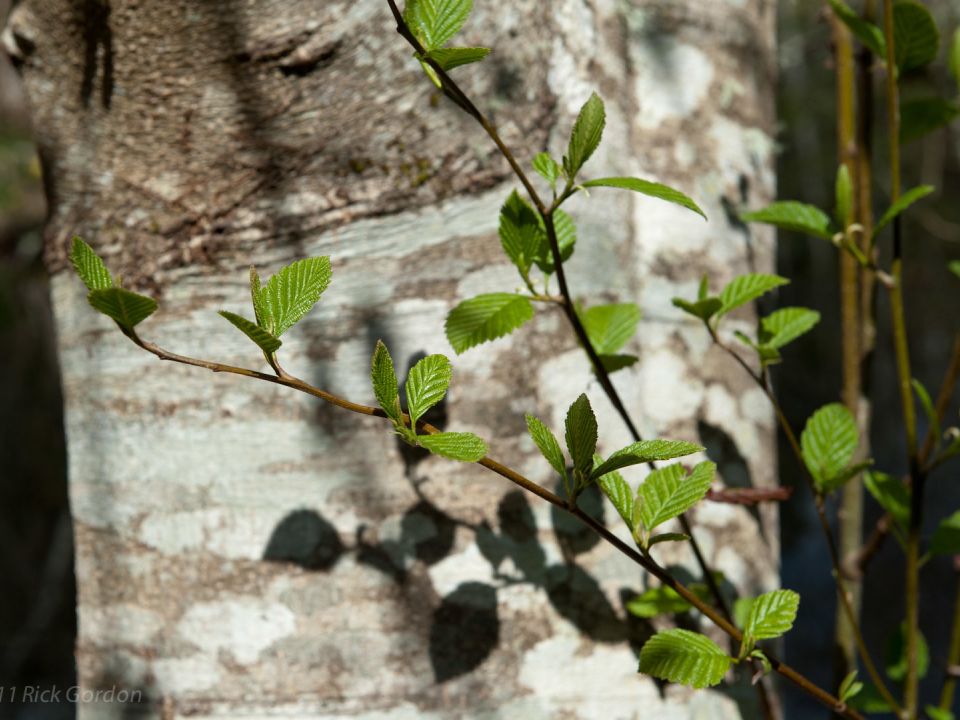Intreeducing: The Mighty Oak

Renowned for its strength and longevity, the oak stands as one of the most iconic and instantly recognisable trees across the UK’s woodlands.
The oak tree has been a mainstay in our countryside and parks for centuries, providing shelter and sustenance for animals and humans alike.
Our ancestors have relied on oak trees for everything from nutrition to religious ceremonies, with the mighty oak tree playing a huge role in the lives of all, from the humble shipbuilders and coopers, all the way through to iconic kings and queens of the past.
Oak trees keep our local and national ecosystems thriving, supporting biodiversity, stabilising soils, and serving as vital habitats for countless species. So let's get to know them better!
Oak Identification
Whilst there are hundreds of types of oaks worldwide, we have just the two species in the UK: the English oak (Quercus robur) and the Sessile oak (Quercus petraea). Spotting the difference requires getting up close - Sessile oak has leaf stalks and stalkless acorns. English oak is the opposite: almost no leaf stalks and acorns on long stalks.

Throughout the year, you may find different visual treats hiding among an oak’s sturdy branches, like acorns growing in their cupules, or long yellow catkins, which help the trees distribute pollen into the wind.
Oaks are not evergreen, so as they cycle through their yearly calendar, they typically enter their leaf-burst in mid-May, before displaying their striking yellow and orange leaves as they begin to die off in the autumn. During winter, you may even see mistletoe growing on its bare branches.
Answer to the photo: The English oak is on the left and the Sessile is on the right. How did you do?
Cultural Significance
Throughout history, oak trees have played a surprising role in religion and mythology, becoming spiritual focal points for many cultures. Oak trees were sacred to many gods, including the Greek god Zeus, the Roman god Jupiter, and the Celtic god Dadga, all of whom were their respective gods of thunder and lightning. These gods were likely linked to oak trees as their phenomenal height makes them prone to lightning strikes in storms, and therefore, seemingly favoured by their gods. Ancient druids were also known to hold rituals in oak groves where they cherished the mistletoe growing among the oak’s branches.
The Yule logs we’re used to in the 21st century may be created with lashings of chocolate, but the Yule logs which were burned over several days in late winter by Pagans in England were traditionally cut from oak trees, sometimes gifted to families by the coopers who used oak to craft their barrels.
Across the UK, oak trees also played an important role in weddings during Oliver Cromwell’s rule, as many couples favoured a ceremony under oak trees to celebrate their vows.

Acorns and Their Uses
The iconic fruit of the oak tree, the humble acorn, has been utilised all over the world for centuries, and it still plays an important role in some societies today. In ancient times, acorns were carried as charms, believed by some to bring good luck and health, similar to a rabbit’s foot or four-leaf clover.
In folk medicine, our ancestors used acorns (along with oak leaves and bark) to cure various ailments, such as inflammation, kidney stones and ulcers. In some ancient civilisations, acorns were considered a staple food source, especially in the Mediterranean, where ancient Greeks and Iberians often used acorns in their cooking.
The use of acorns as a foodstuff has continued as they are highly nutritious and a great source of energy. Those wanting to taste an acorn should be wary, however. Without removing the tannins in a process known as leeching, acorns are toxic to humans. It’s best to leave it to the professionals, such as Korean chefs who use acorns in the creation of the traditional jelly dotorimuk, which is still widely available. Some gastronomic experts have taken a modern approach to the use of acorns in our food and drink. Manchester-based brewery Balance even used acorns in the brewing process of one of their wild ales!

Famous Oak Trees
Most of the folklore surrounding oak trees, especially in the UK, stems from individual trees. Arguably, the most famous oak tree in the country is The Major Oak, located in the heart of Sherwood Forest. Its size alone could make this tree infamous, with a canopy spread of 28 metres and a gargantuan 11 metre tree circumference, but local folklore also suggests that Robin Hood and his Merry Men would camp under the tree on their adventures, making it a hit with tourists in the area.
Queen Elizabeth’s Oak in Greenwich Park has played an important role in the lives of the historical kings and queens of England. Queen Elizabeth I may have picnicked under the branches, and it is rumoured that King Henry VIII and his second wife, Anne Boleyn, once danced around it. The tree, unfortunately, fell victim to a storm in 1991, but park visitors can still see the trunk of the tree as it slowly decays.
Glastonbury Tor is steeped in myth, and has been used as a key spiritual location for both Pagans and Christians for centuries, but did you know of the avenue of oaks that once led to the Tor? Until recently, only two of the ancient trees remained, known collectively as The Oaks of Avalon, or Gog and Magog individually, and were named after two legendary giants who themselves are immortalised as statues at London’s Guildhall. Some reports believe that the trees were over 2,000 years old, and while Gog is now sadly dead, Magog is still standing guard of the Tor as she reaches the end of her life.

Supporting Wildlife
The English Oak supports more life than any other native tree species in the UK, and can support more than a whopping 2,300 animal and fungi species, meaning it also holds the title of the native tree with the most biodiversity. From forest mammals to insects, many animals flock to oak trees for a source of food and a place to live.
In spring, the flower and leaf buds on the branches of an oak provide food for the caterpillars of the purple hairstreak butterfly, and in autumn, as acorns drop, mammals like deer, badgers and squirrels feast on the fruits of the tree. As the leaves drop on the woodland floor, they form a rich mould under the tree, which provides sustenance for a range of invertebrates like beetles and woodlice, as well as various fungi.
As well as being a great food source, oaks are also an ideal habitat for all kinds of species. Birds such as marsh tits, wood pigeons and woodpeckers may nest in the branches or holes in the tree’s trunk. The holes left by woodpeckers are often used by British bats; in fact, around three-quarters of British bat species are known to roost in trees. The cavities in oaks provide their ideal roosting shelter, and they also don’t have to go far to find a range of insects to feast on.
Oaks for Cities
Oak trees form an integral part of our planting projects in urban parks. Whether that’s including them in our woodland creation or planting standards (5-7 year old trees) as part of succession planting, we’re bringing the benefits of the mighty oaks to our towns and cities.
Residents can even sponsor the planting of a new oak in their local park through our tree sponsorship scheme, Trees for Streets!

In December 2025, Trees for Cities will take part in a special project in Thamesmead that continues Joseph Beuys’ performance work 7000 Oaks – City Forestation Instead of City Administration (1982). Artists Ackroyd & Harvey, working with Peabody, will bring their ongoing project Beuys’ Acorns to Bexley by planting a circle of seven oak trees that have been grown since 2007 from acorns collected from the original oaks in Kassel, Germany, carrying Beuys’ artistic legacy forward decades after his death. We'll also be planting many more trees in Thamesmead over the coming planting season, both projects receiving funding from the Environment Agency's Water Environment Improvement Fund.
Trees of Hope
Now you’ve learnt how vital oak trees are to our history, ecosystem and future – you can help us keep planting these trees of hope! Whether it's transforming a concrete playground, bringing life to a dull street or greening forgotten corners of towns and cities, your gift will grow a better future for us all.
Intreeducing Series
-

Intreeducing: Holly the magician
28 November 2025
Read on to discover how the holly tree bridges the gap between pagan rituals and modern celebrations, and provides a lifeline for wildlife during our coldest months.
-

Intreeducing: the helpful hazel
9 March 2019
Although small and easy to overlook, that hazel has many powers, and is not one to be overlooked. Hazel is willowy, nutritious, crafty and has a fiery past.
-

Intreeducing: The Beech
15 November 2018
Intreeducing her highness the majestic Beech, wise and learned Queen of the forest.
-

Intreeducing: Magical Hawthorn
27 July 2018
In our new series we take a closer look at the tree species we see around us every day, dig up their colourful past and look for secrets beneath their leaves. Meet the Hawthorn.
-

Intreeducing: the Alder – a super hero tree pioneer!
28 September 2018
The Alder is a pillar of the tree community, supporting the survival of other species, and providing shelter to animals and humans too.
Donate to Trees for Cities and together we can help cities grow into greener, cleaner and healthier places for people to live and work worldwide.
Donate